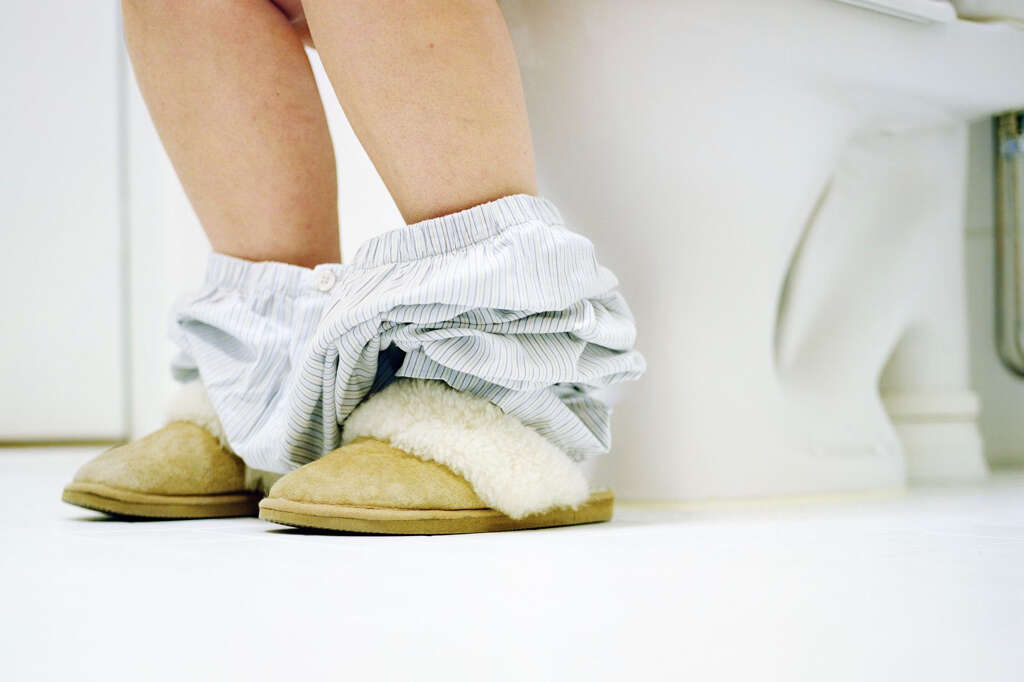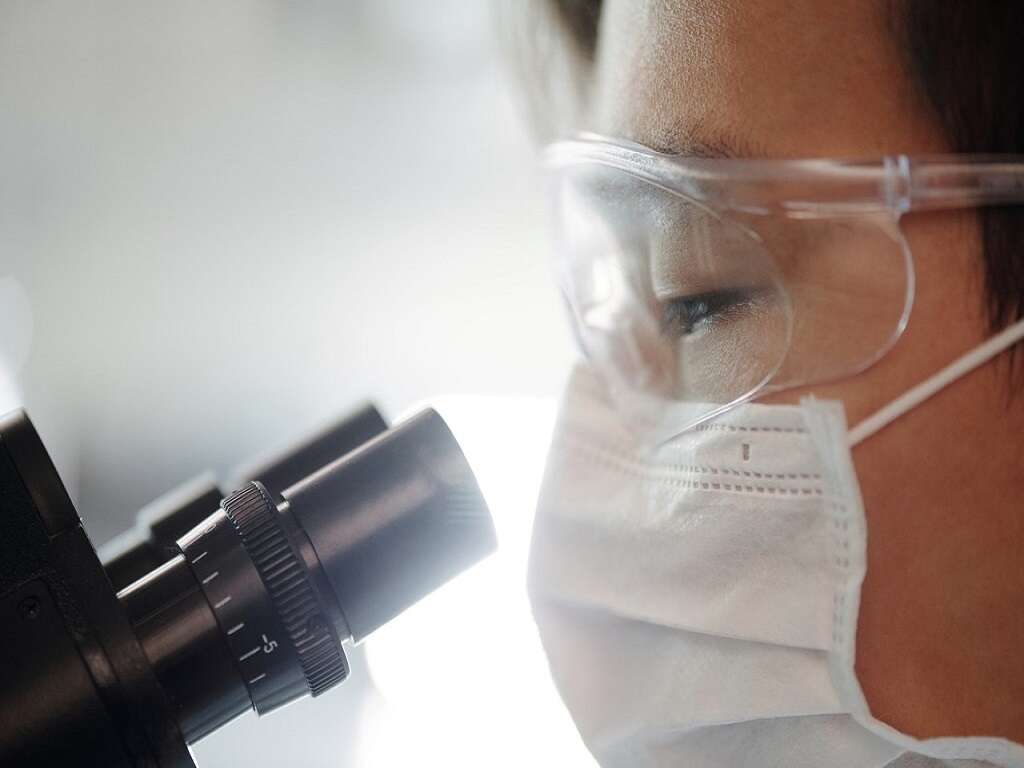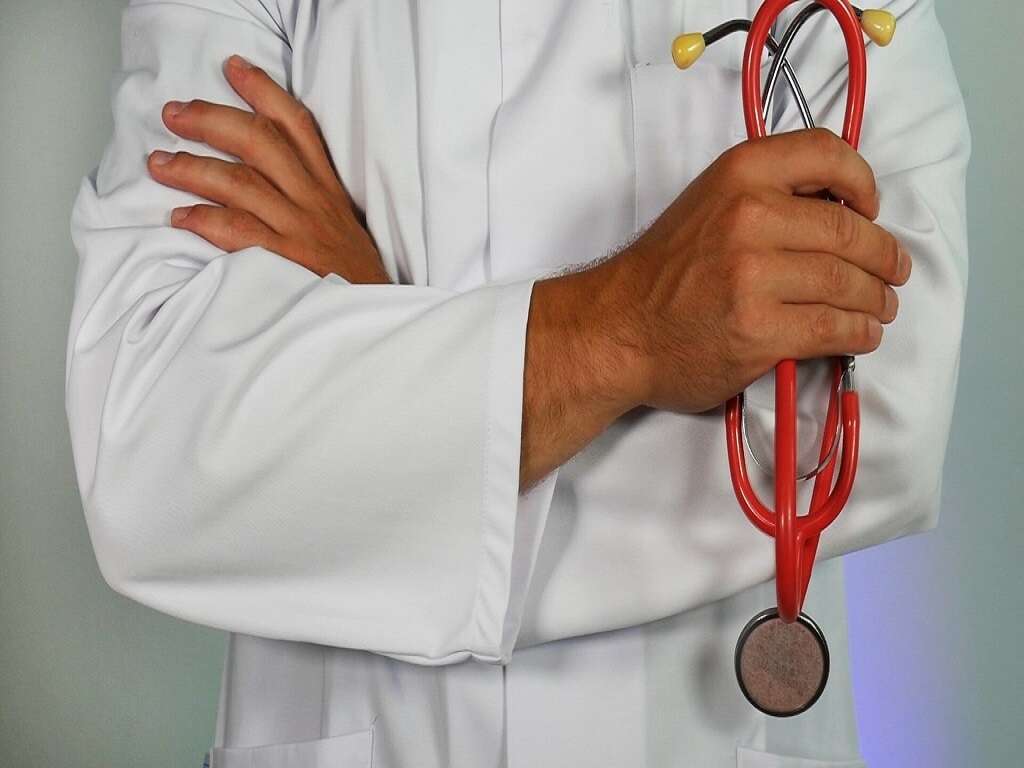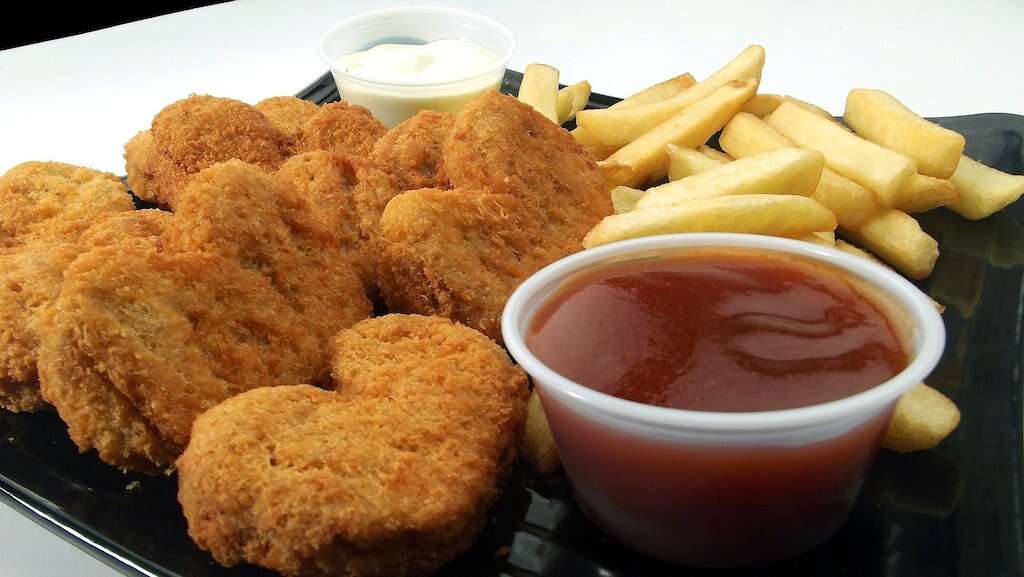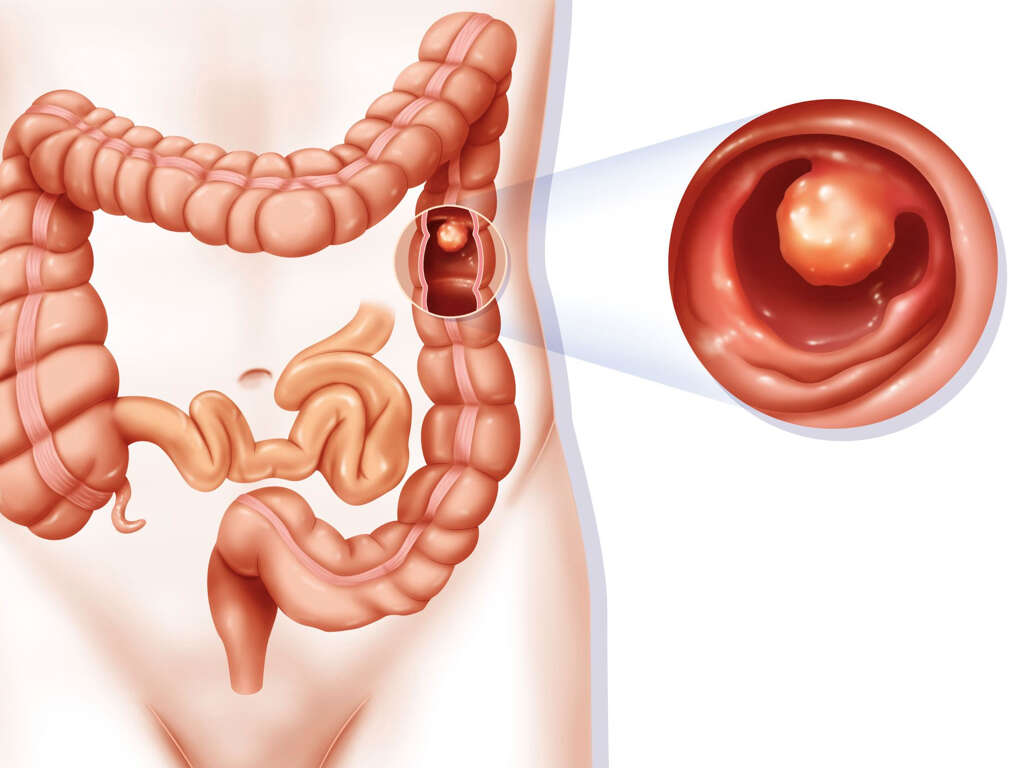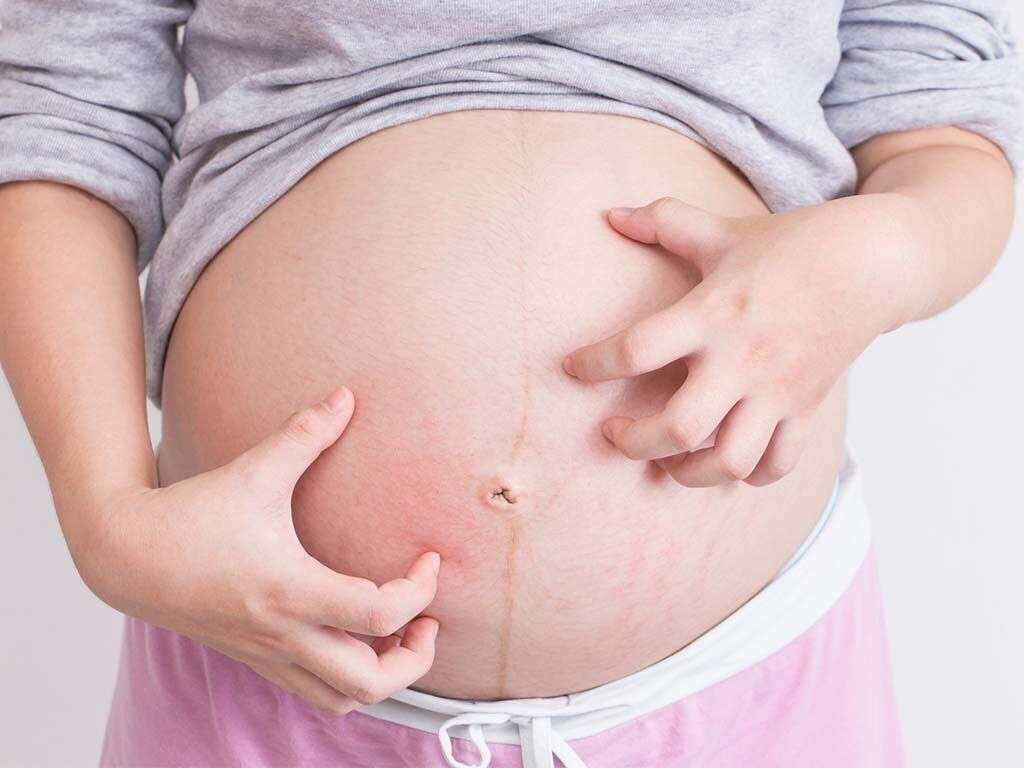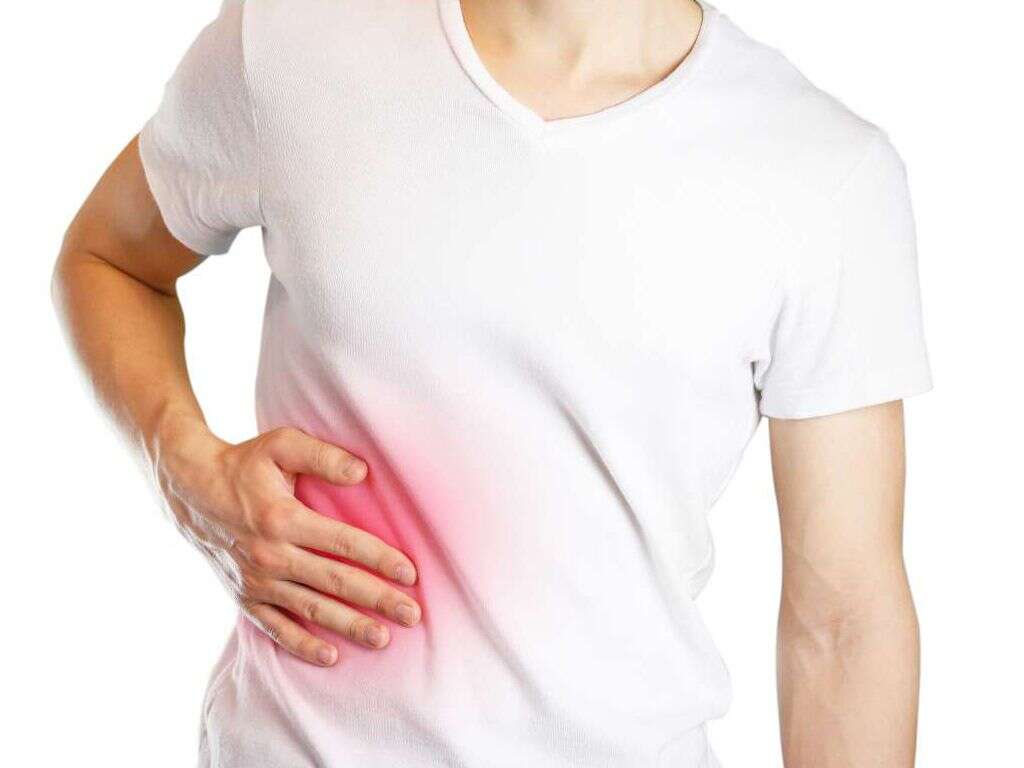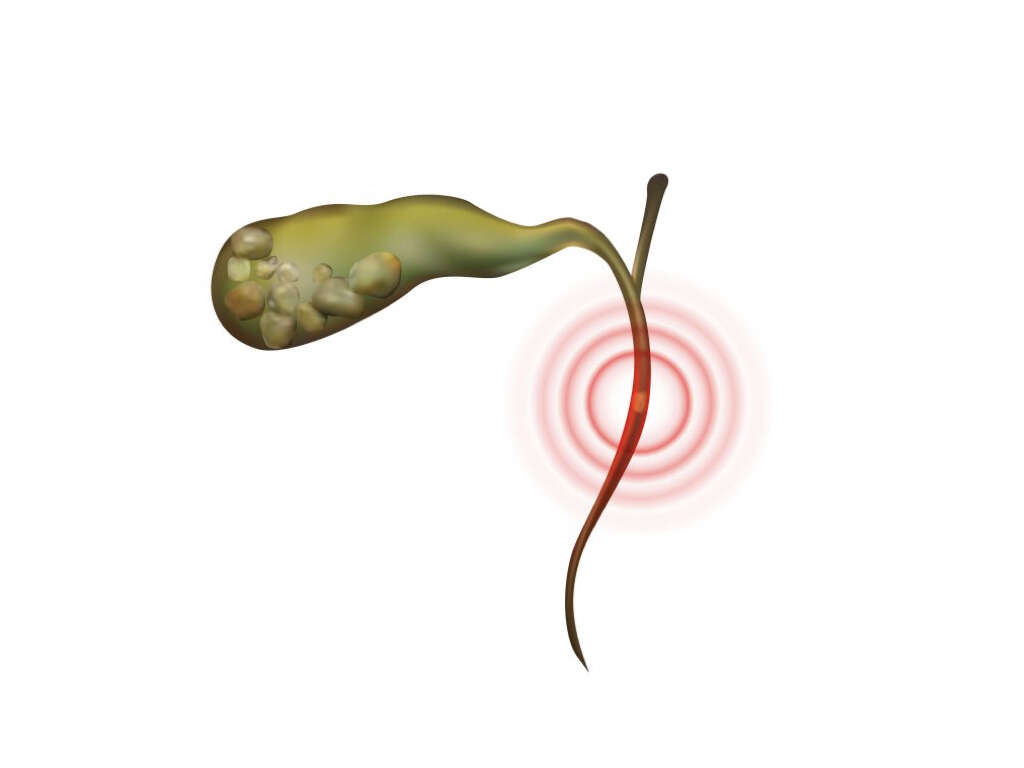10 Bile Duct Cancer Symptoms
The bile duct connects the gallbladder to the rest of the digestive system. It is a channel through which bile can pass and bile is used by the body to help break down the fats that we eat.
As with other parts of the body, the bile duct can develop cancer. This can prevent bile from reaching the rest of the digestive system and can also result in a range of other symptoms.
This type of cancer is known to be highly lethal but if caught early recovery is more likely. In some cases, it is possible the have the bile duct reconstructed by surgery if necessary. Here are some symptoms that can be a sign that you have cancer of the bile duct.
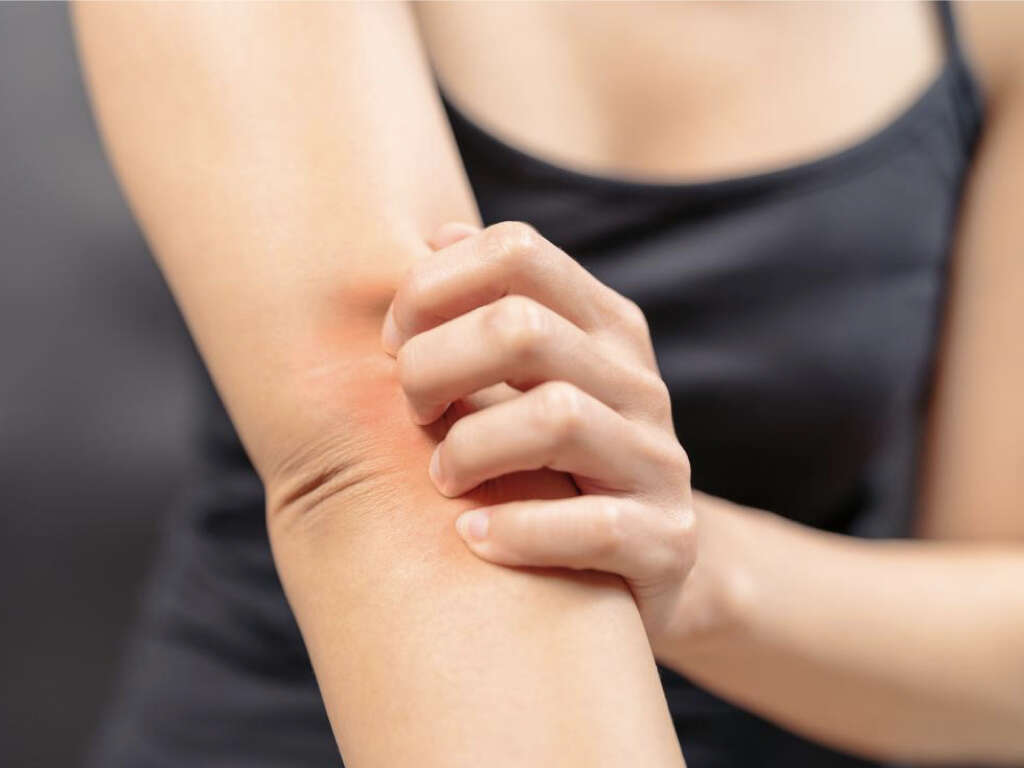
Symptom #1: Pain
The bile duct is found just beneath the liver where it provides a passageway for bile to travel from the gall bladder into the digestive system. This means that it is located in the upper abdomen area just to the right side. It is here that you are likely to feel pain if you have bile duct cancer.
The pain associated with bile duct cancer is often described as a dull aching pain. The area can also sometimes feel swollen. If you experience this symptom for a prolonged period of time then you should arrange to get it checked out.
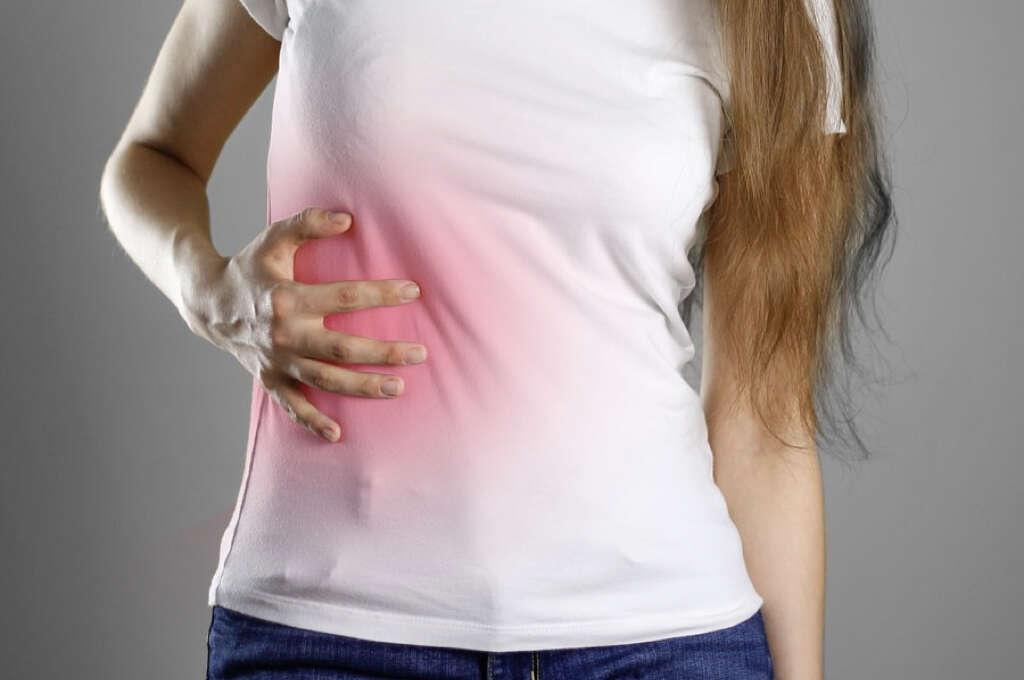
Symptom #2: Appetite Loss
It is important for us to have a healthy digestive system. Without it, we may struggle to get the nutrition that we need from our food, and this can lead to more serious problems. A digestive system that is not completely well may also result in a loss of appetite.
It is important to continue to try and eat what you can no matter how much you may not feel like it. Without enough food, your body will lack the nutrients that it needs in order to fight the cancer. A loss of appetite is also likely to contribute to weight loss.
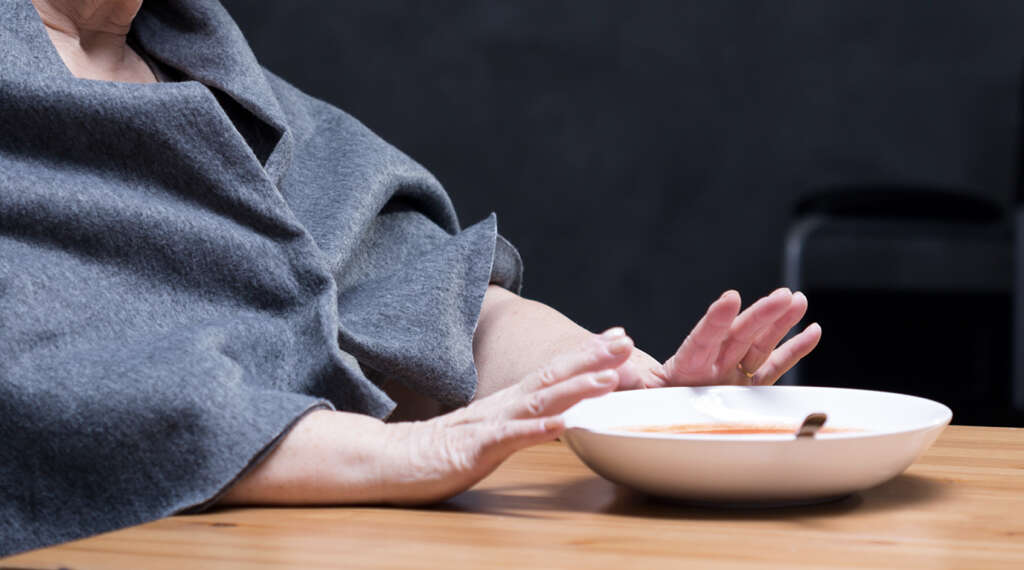
Symptom #3: Fever
When your body is fighting cancer, it generally means that your immune system is heavily tied up in combating the condition. This weakens the immune system overall, meaning that your body becomes more susceptible to disease overall. Patients with cancer are also likely to undergo chemotherapy, which can also weaken the immune system.
Bile duct cancer can sometimes cause the patient to get a fever. The fever can also be a sign of an infection and this is something that needs to be treated urgently in people with a weakened immune system. If you do keep on experiencing a fever and you don’t know why, go and see your doctor to get it checked out.

Symptom #4: Chills
Patients with bile duct cancer will also sometimes experience chills, which are a symptom that goes hand in hand with a fever. Indeed, chills are part of the process that helps to generate the fever in the first place. It occurs because of an adjustment in your body’s thermostat, which makes the body feel cold, causing it to react.
Shivers are also a common symptom and, again, this is part of generating a fever. Shivers are vibrations in the body’s muscles and these cause the body to heat up. It is a very effective system and the body can even heat up to dangerous levels.

Symptom #5: Nausea
Bile duct cancer is quite a considerable illness. You are not going to feel well, plus the chemotherapy and other treatments can add to the problem. One typical symptom of not being well is nausea, and its severity can vary from person to person. In some cases, it can leave the patient bed-bound
Where there is nausea, there is also likely to be vomiting. Indeed, the purpose of nausea is often to cause us to vomit in the first place. Vomiting can complicate matters further because it means the patient is not getting enough nutrients. This can further contribute to weight loss.
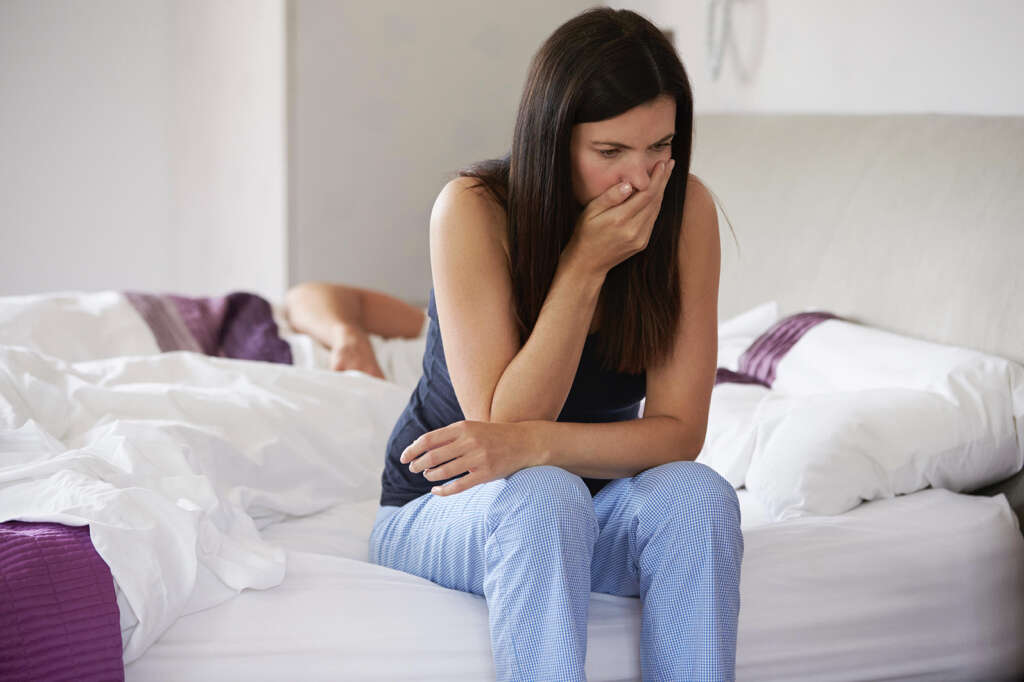
Symptom #6: Fatigue
Cancer is a significant illness and it will take a lot for the body to fight it. It is often exhausting for patients and they will generally feel fatigued for much of the time. Treatments such as chemotherapy can also be very tiring for patients with bile duct cancer.
What’s more is that the patient is also likely to be eating less than usual, while vomiting will also lead to a loss of energy-giving nutrition. The patient is also likely to be having difficulties sleeping. Overall, the experience is likely to be very tiring indeed and the patient will be needing as much rest as possible.

Symptom #7: Jaundice
Jaundice is caused by having bilirubin in the blood. Bilirubin is a compound that is created when ageing blood cells are broken down by the liver. It is removed from the body partly by excretion and is found in bile. In the case of bile duct cancer, the duct can become blocked, and this can cause bile and bilirubin to become backed up.
Excess bilirubin will then make its way into the bloodstream. This will cause the blood to take on a yellowish hint, and this becomes visible from the surface. The skin can become yellowish, as can the eyes. Jaundice is a clear sign that you are ill and that you should see a doctor if you haven’t already.

Symptom #8: Itchy Skin
When we get an itch, it usually means that something is irritating the outside surface of the skin. This can be the result of various causes such as coming into contact with irritating chemicals or maybe an insect bite. Sometimes, though, the itch can be caused by something that is irritating the inside surface of the skin.
Bile duct cancer can lead to bilirubin and other chemicals being released into the bloodstream. The skin is not used to this and can become quite irritated by it. Many patients will find the itching to be quite unbearable and it can prevent them from sleeping at night.

Symptom #9: Dark Urine
Healthy urine is naturally yellow in color. This is largely thanks to the presence of certain pigments such as urochrome and urobilin. The color of our urine can tell you quite a lot about your overall health, such as whether or not you are dehydrated. It may even be a signal that you might have bile duct cancer.
Bile duct cancer causes bilirubin to be passed out through the urine in high quantities. Bilirubin is a dark yellow/brown color itself and will also cause your urine to become darker than usual. If your urine is an unusual color, it is worth speaking with a doctor to find out why.
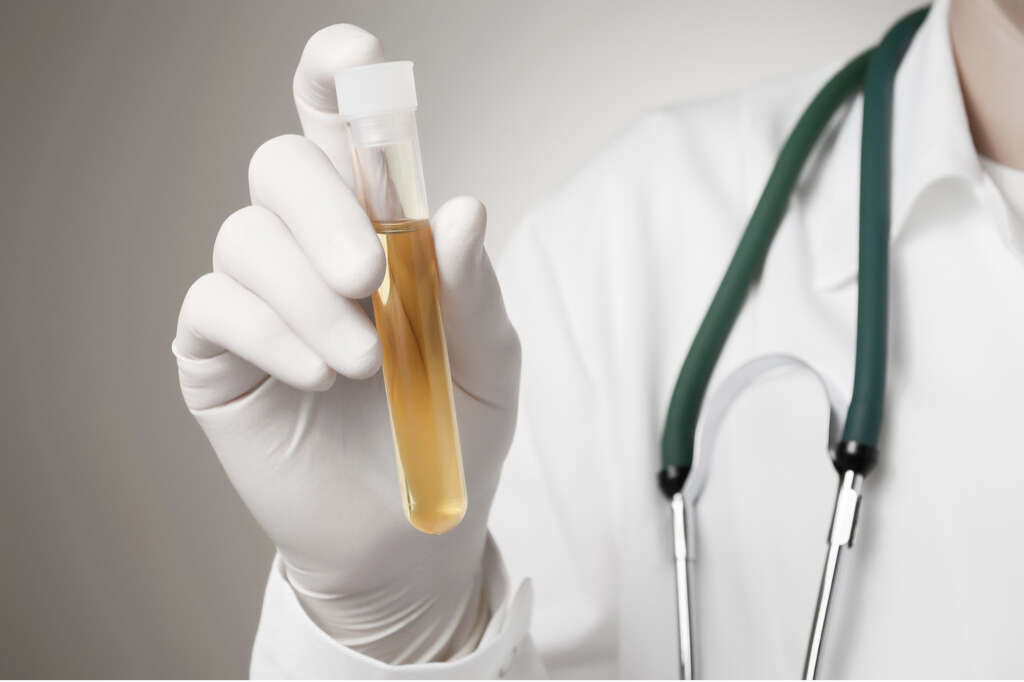
Symptom #10: Pale Stools
Bile is a substance that helps us to break down fats. It is secreted from the gall bladder via the bile duct, and a blocked bile duct can prevent bile from reaching where it is needed. Such blockages can occur in cases of bile duct cancer.
Bile contains bilirubin and it is this compound that helps to give our stools their natural brown color. With no bile there is no bilirubin, meaning that our stools will be far paler in color than they usually would be. Pale stools are a sign that you should definitely arrange to speak with a medical professional.
